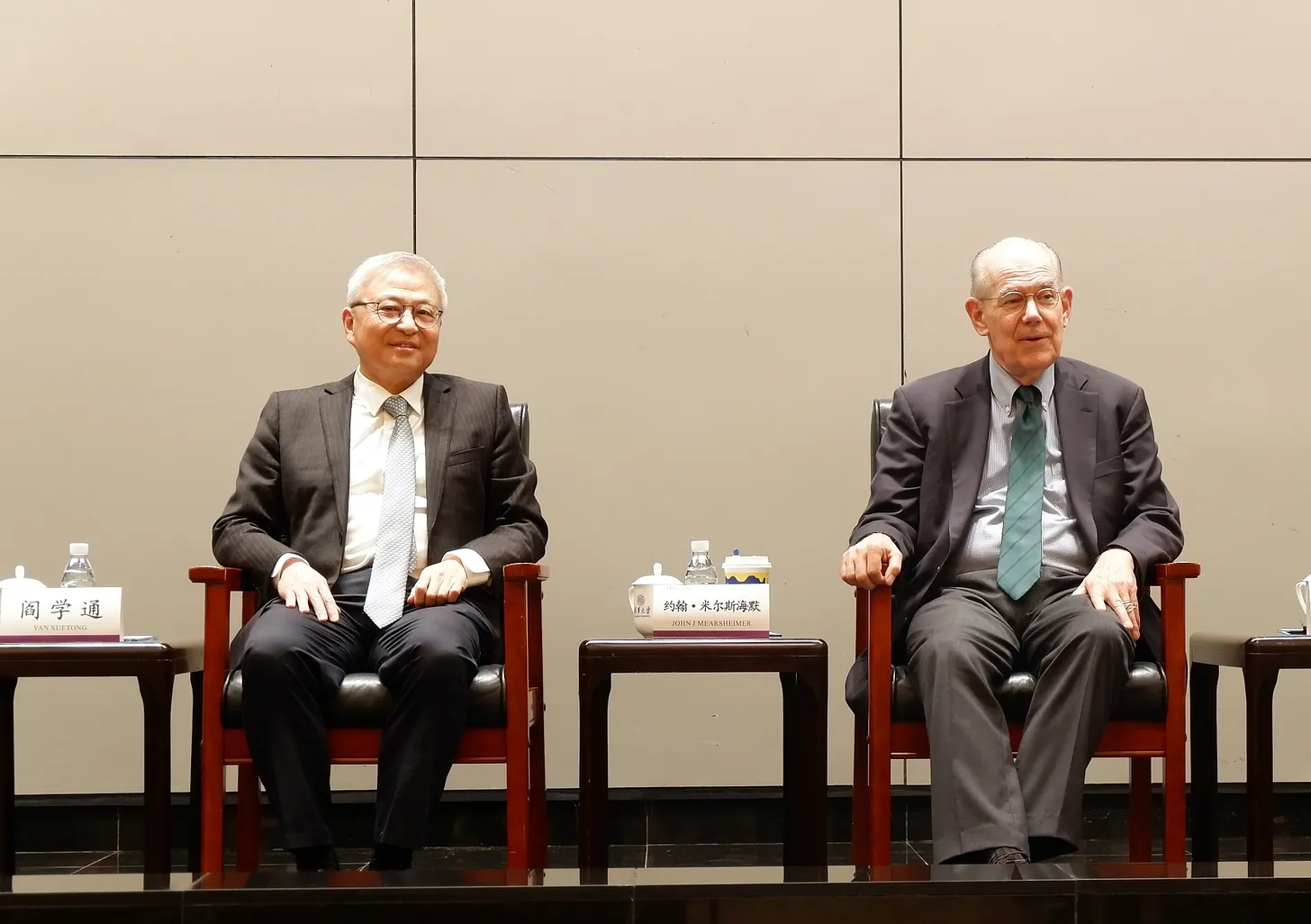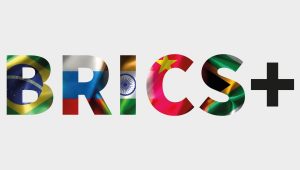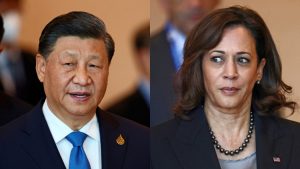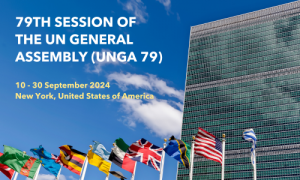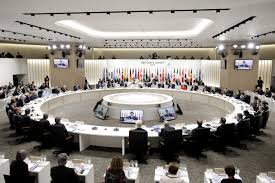
So, with the last several Posts here at Alan’s Newsletter, I have been transitioning – altering my mindset, and bidding farewell to the Biden administration and contemplating the reality of the return of Donald Trump as US President with a new administration. There are certainly strong signs that this time around, as opposed to 2017, that the Trump administration is intent on ‘hitting the ground running’. As The Economist noted, for Trump there is nothing more critical than immigration and the removal of illegals:
Mr Trump has long been exercised about immigration. He made building a wall along America’s border with Mexico a central theme of his election campaign in 2016. He duly issued a flurry of executive orders on immigration within weeks of taking office in 2017, including a ban on visas for applicants from various largely Muslim countries and instructions to federal agencies to expedite the construction of the border wall and to detain more illegal immigrants. … Stephen Miller, his deputy chief of staff, is an America First, anti-immigration hawk who has been fighting against bipartisan immigration reform in Congress since 2013. “As God is my witness,” he declared last year, “you are going to see millions of people rapidly removed from this country who have no right to be here.
The question is where does Trump and his team take the US? On immigration? On US-China relations? On relations with allies and the multilateral relations and organizations that the US has built over the past several decades? What approach is Trump going to take in rolling out ‘America First’? Now, there is lots of speculation but with so much being described really knowing is nearly impossible. But that being said, one clear direction is described by Fareed Zakaria. Like many, Fareed has to absorb the recent inducements and/or threats by Trump with respect to Greenland and Canada and the Panama Canal. As a result Fareed suggests:
Having campaigned on a policy of ending wars, making peace, putting America first and disentangling the country from the world, President-elect Donald Trump this week decided to revive 19th-century imperialism. In a single news conference, he pondered making Canada a state and acquiring Greenland and the Panama Canal by economic coercion — and declined to rule out using military force in the latter two cases.
Fareed, in his weekly Washington Post opinion piece titled, “Trump revives 19th-century imperialism. Make Russia great again!”, suggests these territorial aggrandizement initiatives simply put the US today in the same league as Russia and China:
In the news conference, Trump proposed getting rid of the “artificially drawn line” between Canada and the United States. Of course, that is precisely what President Vladimir Putin says about the line between Russia and Ukraine. Or President Xi Jinping about the division between China and Taiwan. This is a world that makes Russia and China great again.
It is tough to really understand the future US foreign policy with Trump at the helm. Now I may be reaching way too far but I was intrigued by the republishing, recently by Foreign Affairs, of a piece by Richard Haass now President emeritus of CFR and Charles Kupchan a Senior Fellow and Director of European Studies at the Council on Foreign Relations. Charlie is also Professor of International Affairs at the School of Foreign Service and Government Department at Georgetown University. The article is entitled, “The New Concert of Powers: How to Prevent Catastrophe and Promote Stability in a Multipolar World”. The piece was originally published in 2021.
For Haass and Kupchan the future of the global order is multipolarity as they describe it in the FA article. As they suggest:
Moreover, even if Western democracies overcome polarization, beat back illiberalism, and pull off an economic rebound, they will not forestall the arrival of a world that is both multipolar and ideologically diverse.
And as they argue the best means, maybe the only structure for the global order to achieve some stability in such a coming multipolar environment is a gathering of major powers:
The best vehicle for promoting stability in the twenty-first century is a global concert of major powers. As the history of the nineteenth-century Concert of Europe demonstrated—its members were the United Kingdom, France, Russia, Prussia, and Austria—a steering group of leading countries can curb the geopolitical and ideological competition that usually accompanies multipolarity.
This recent uptake in concert operation and interest in the same includes a major piece by my colleague, Andrew Fenton Cooper, from Waterloo University. You might want to take a look at his recent publication from Oxford Press titled: The Concertation Impulse in World Politics”. But turning back to Haass and Kupchan this is their description and understanding of such a concert:
Concerts have two characteristics that make them well suited to the emerging global landscape: political inclusivity and procedural informality. A concert’s inclusivity means that it puts at the table the geopolitically influential and powerful states that need to be there, regardless of their regime type. In so doing, it largely separates ideological differences over domestic governance from matters of international cooperation.
Concerts have two characteristics that make them well suited to the emerging global landscape: political inclusivity and procedural informality. A concert’s inclusivity means that it puts at the table the geopolitically influential and powerful states that need to be there, regardless of their regime type. In so doing, it largely separates ideological differences over domestic governance from matters of international cooperation.
A global concert would be a consultative, not a decision-making, body. It would address emerging crises yet ensure that urgent issues would not crowd out important ones, and it would deliberate on reforms to existing norms and institutions.
This steering group would help fashion new rules of the road and build support for collective initiatives but leave operational matters, such as deploying peacekeeping missions, delivering pandemic relief, and concluding new climate deals, to the UN and other existing bodies. The concert would thus tee up decisions that could then be taken and implemented elsewhere. It would sit atop and backstop, not supplant, the current international architecture by maintaining a dialogue that does not now exist.
This new global concert proposal, according to Haass and Kupchan, would have the following membership:
A global concert would have six members: China, the European Union, India, Japan, Russia, and the United States.
The concert’s members would collectively represent roughly 70 percent of both global GDP and global military spending.
The analysis seems to be moving full speed forward until:
This proposal presumes that none of the concert’s members would be a revisionist power bent on aggression and conquest.
Ah, and there is the dilemma – the ‘fly in the ointment’. The reality is that two great powers are evidently revisionist – that is Russia and China, and now under Trump the same may well be said for the upcoming Trump administration.
But as Nathan Gardels, the editor-in-chief of Noema Magazine and also the co-founder of, and a senior adviser to the Berggruen Institute, just recently wrote in Noema:
A revisionist state seeks to change the rules and norms of the extant world order. In recent years, we have become used to castigating China and Russia as the chief renegades in this endeavor. Now, as Princeton political scientist John Ikenberry pithily notes, another “revisionist state has arrived on the scene to contest the liberal international order … it is the United States. It’s Trump in the Oval Office, the beating heart of the free world.”
So, are we at a brick wall when it comes to promoting stability and dampening geopolitical tensions? Well, like many of my international relations colleagues I have spent time examining the contours and the operation of the classic global concert – the Concert of Europe. For Haass and Kupchan this is the model for a contemporary concert designed to diminish tensions and mitigate conflict. But the Concert is 200 years ago and it is not at all clear that a modern day instrument could operate in any way similar to this much earlier European instrument. And I would think we have already a ready-made instrument of concert-like characteristics – the G20. This involves a membership wider than that suggested by these authors. The G20 today includes: Argentina, Australia, Brazil, Canada, China, France, Germany, India, Indonesia, Italy, Japan, Republic of Korea, Mexico, Russia, Saudi Arabia, South Africa, Türkiye, United Kingdom and United States and two regional bodies today: the European Union and the African Union. It seems to me this Informal has a much better representation from the Global South and the collective could turn its attention to critical global security issues as well as global economic issues if the motivation were there.
But concerts may not be, or may not be the only mechanism to generate potentially greater stability in a world of increasing disorder. Rather, plurilateral structures – smaller groupings that include major and Middle Powers, especially from the Global South targeting growing challenges to global stability – plurilateral collaborations that could target climate change and the green transition, debt distress and relief, regional conflicts and more. Let’s tackle real threatening problems starting with these plurilateral collaboratives and build our way to a global concert in time. Let’s start here with this smaller step, and who knows, in time it might also provide for a larger grouping, even a ‘global concert’ with possibly better leadership than we seem to have right now.
This first appeared as a Substack Post at Alan’s Newsletter – https://globalsummitryproject.substack.com/publish/post/155031165
All comments and subscriptions for the Substack are welcome

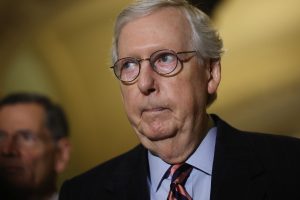
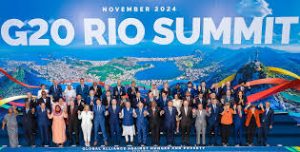
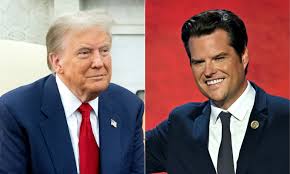
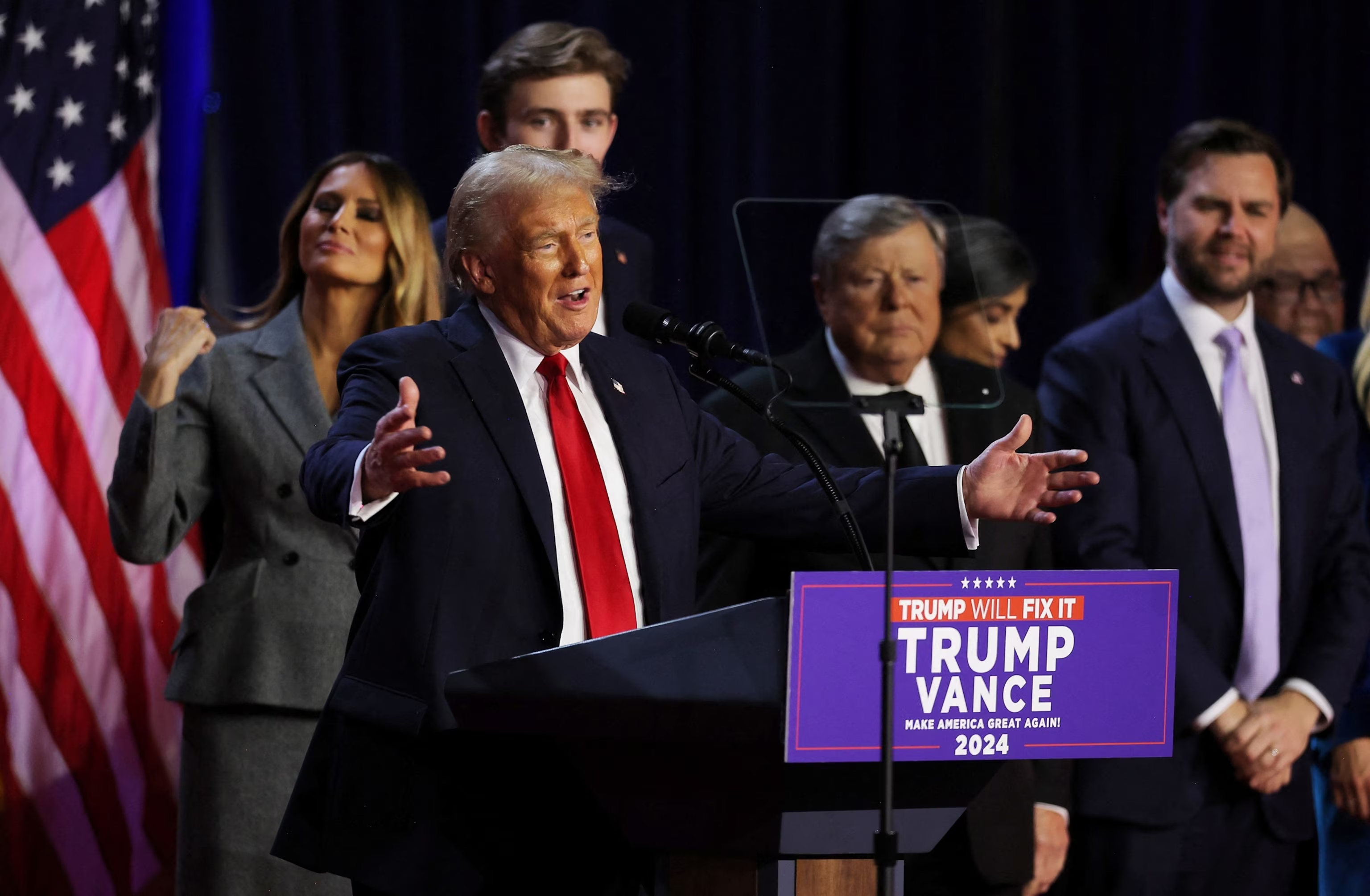 Now we are out a bit early. But that’s not surprising because of the US national elections on Tuesday night. So a few thoughts on that and then a redirection to the, “what do we do about the global order in the light of Trump’s return, including many of his former advisers, to the White House”
Now we are out a bit early. But that’s not surprising because of the US national elections on Tuesday night. So a few thoughts on that and then a redirection to the, “what do we do about the global order in the light of Trump’s return, including many of his former advisers, to the White House”